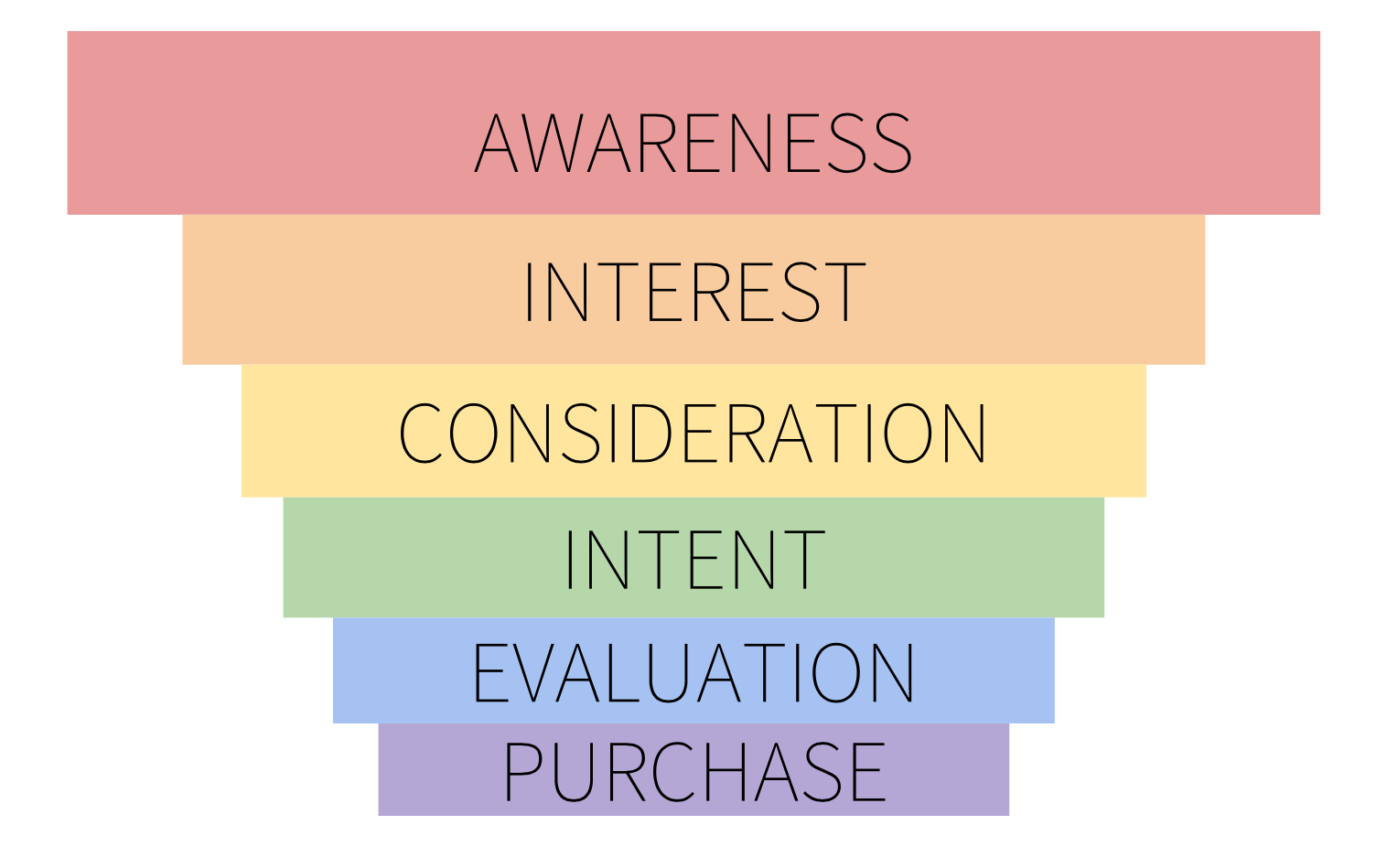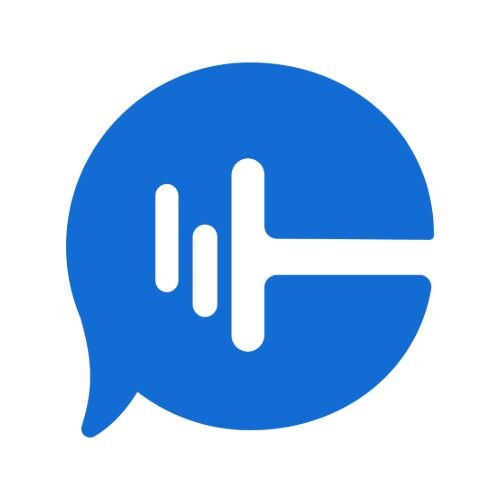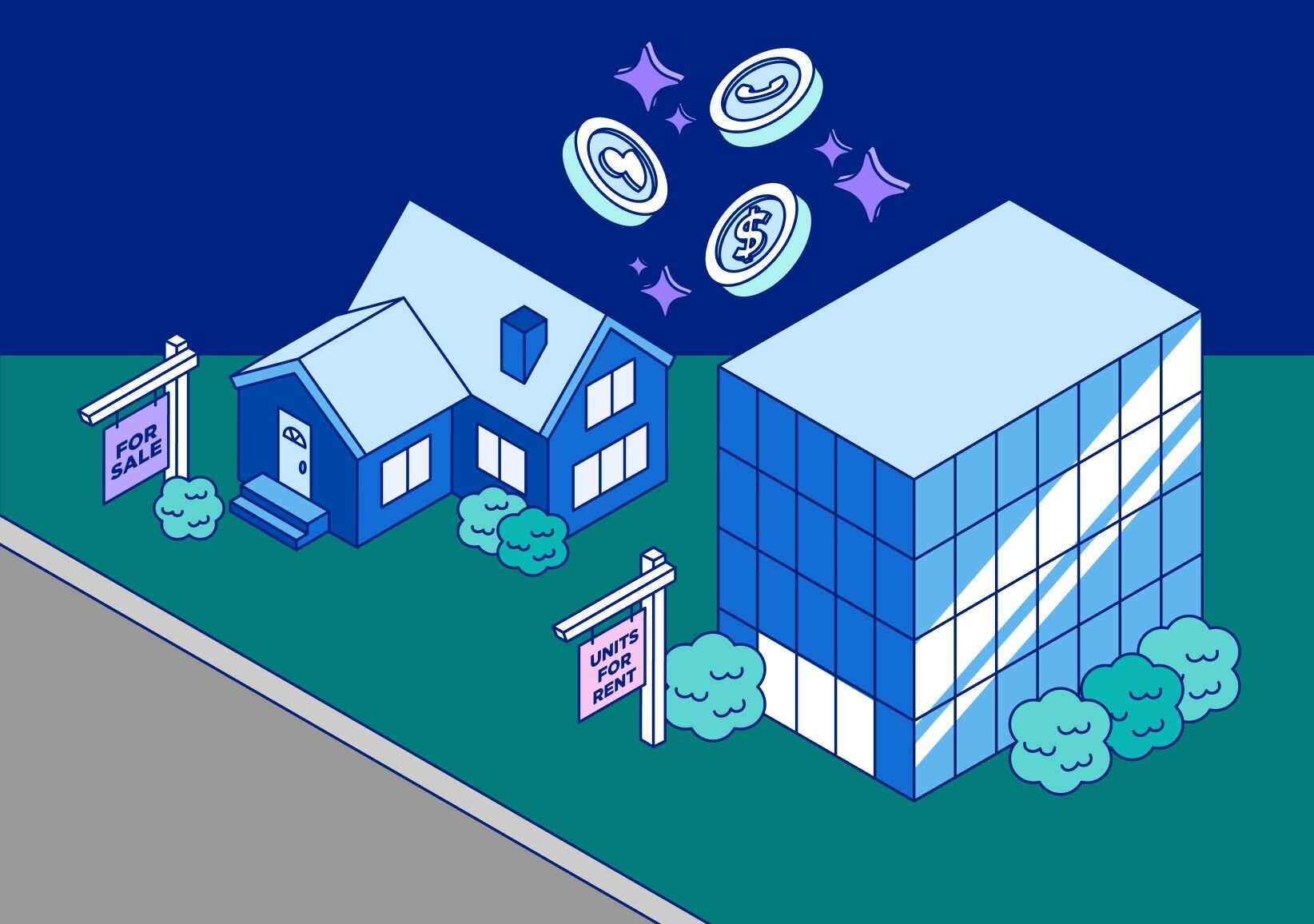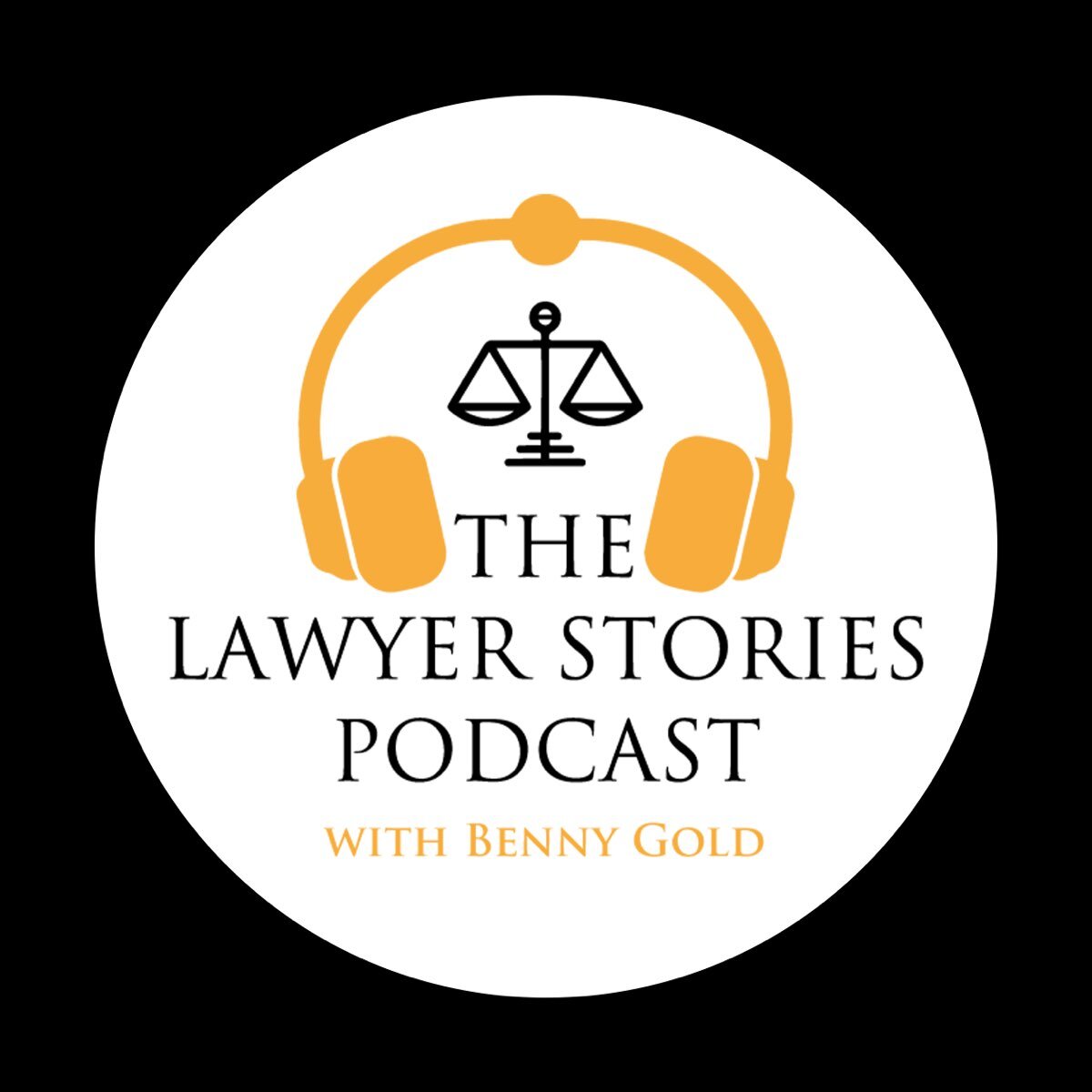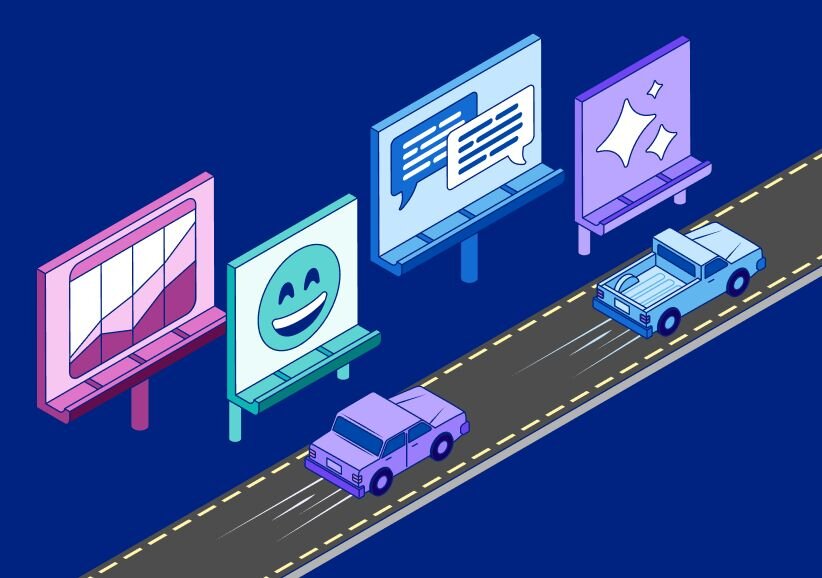The marketing funnel is a visual model of the customer journey, beginning with awareness of your product or service and (ideally) ending with post-sale evangelism. It outlines the process of turning your leads into customers, breaking down each stage of their journey with your brand. The stages of the marketing funnel most commonly look like this:
- Awareness
- Interest
- Consideration
- Intent
- Evaluation
- Purchase
The funnel visual fittingly describes this process –– marketers cast a broad net to bring in as many leads as possible, and then slowly narrow down the prospects as they move through their purchasing decisions, or your funnel. Of course, there are a lot of different versions of the marketing funnel, depending on a variety of factors.
While the stages of a marketing funnel can vary greatly across industries, even within the marketing sector, there are six stages that are generally accepted by most in the marketing world.
Click here to see how CallRail helps savvy, data-driven marketers to track leads and prove ROI.
Awareness
The first stage of the marketing funnel is awareness. This is where we cast our net –– potential customers learn about your product or service either through your marketing campaigns or through their own research and discovery.
Here, you should work to establish trust and address your audience’s pain points, making yourself as relevant and helpful as possible to your target audience. Things like trade shows, content, webinars, social media, your PR efforts, and direct mail live here.
The awareness is followed by generating a lead through acquiring their information in some way. Typically, that information will be pulled into a lead management system or CRM to continue nurturing the lead down your funnel.
Interest
Now that you’ve generated leads, it’s on to the interest stage. This is where your leads should learn more about your company and its products or services. Content like case studies, testimonials, white papers, e-books, and videos come in handy at this stage of the funnel. You’ll want to take advantage of every opportunity you have to develop a meaningful relationship with your leads. Because here, your leads are doing their homework. You need to provide them with the most relevant information possible to communicate your brand’s value to their needs. And remember, there is more to it than just your end product or service.
These days, leads often want a well-rounded experience, and that includes your brand.
“What are the humans behind this company like? Does this brand align with my values?”
These are questions your lead may be asking, and the answers they uncover for themselves can make or break a prospective sale. Remember that the purchasing journey is an experience. And it’s something they won’t forget, so this stage is crucial. Take the time to give your leads the information they need to make a decision.
Consideration
The interest stage of the marketing funnel is followed by consideration. If a lead is this far in the funnel, they can be regarded as a marketing qualified lead (MQL). This is your opportunity to use automated email campaigns to send more information about prices, discounts, specials, free trials, etc. while continuing to nurture them with relevant content.
Intent
Prospects reach the intent stage by demonstrating an outlined action that indicates interest in buying, such as calling your sales team, completing a survey, inquiring about pricing on social media, putting a product in their shopping cart, etc. This is your chance to use marketing to prove your company’s worth.
Evaluation
In the evaluation stage, it’s time for prospects to make their final decision about whether or not they will purchase your brand’s products or services. While marketing and sales teams work in tandem, this stage is normally left to the experts: your sales team. They guide the decision-making process, making sure to communicate which products or services of your offering are the best fit for the prospect and, potentially, why it’s a better fit than a competitor’s product or service.
Purchase
And finally, the purchase stage. At purchase, you’ve managed to take a customer from mere awareness of your brand or product to the point where they’re a paying customer. Hopefully, the experience you provided will motivate the customer to share their experience and recommend your products or services, refueling the top of your funnel back to the awareness stage. Ta-da! Your funnel is complete and repeats.
Using a marketing funnel in your business
Don’t forget that these processes can vary across industries and there is no one-size-fits-all outline of a funnel. Prospects may not always enter your funnel at the first stage. It will probably take a lot of trial and error to dial in the most accurate funnel for your business.
Never stop learning about your customers and how to better shape their journeys. Your process will evolve and improve, to deliver more qualified leads to your sales team, to better nurture those leads, and to provide more compelling content and a more amazing customer experience, so those leads turn into raving fans of your brand.
Do you know how well your funnel process is working? Find out how call tracking can help elevate your strategy and optimize future campaigns.




